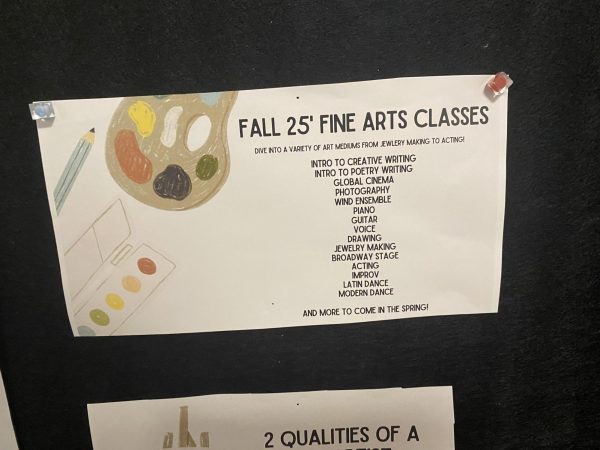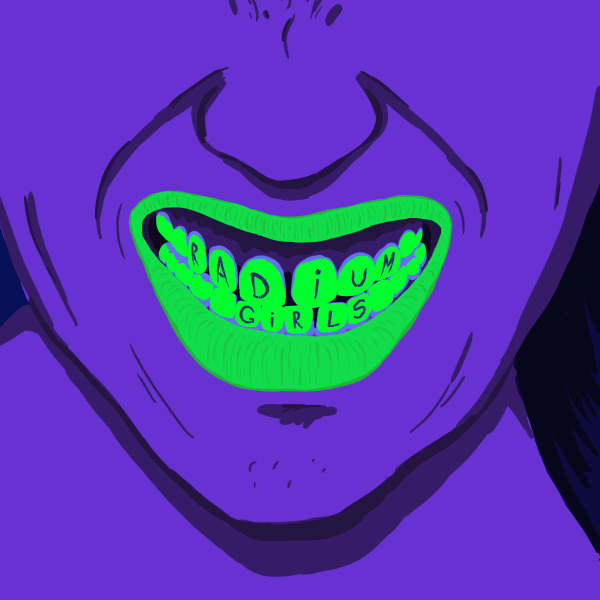“Uncharted” review and the problem of video game to film adaptation
On Feb. 8, I went to see the new “Uncharted” film in IMAX, directed by Ruben Fleischer with a screenplay by Rafe Lee Judkins, Art Marcum and Matt Holloway.
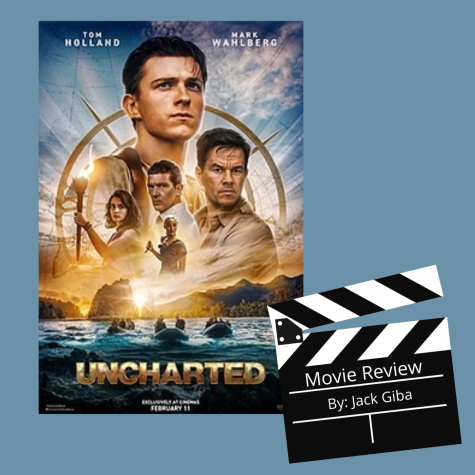
In PlayStation Productions’ film adaptation to Naughty Dog’s critically acclaimed video game series “Uncharted,” Tom Holland stars as a young Nathan “Nate” Drake costarring alongside Mark Wahlberg as Victor “Sully” Sullivan.
Together, along with rogue adventurer Chloe Frazer (Sophia Ali), the trio race against Spanish billionaire Santiago Moncada (Antonio Banderas doing Antonio Banderas things) and mercenary Jo Braddock (Tati Gabrielle) on a journey to find the lost treasure of Portuguese explorer Ferdinand Magellan, retracing his crew’s circumnavigation around the world.
During the watch, I had fun — a few laughs, a few moments where I felt the creators were doing justice to the series.
I wasn’t satisfied though. I believe I got to enjoy the experience purely because of my mindset going in.
From the moment I saw the trailer, I knew this film wasn’t going to be the “Uncharted” I know and love, but rather a vignette of it.
That preconception was proven to be correct.
As someone who loves the “Uncharted” series endlessly — and credits particular moments to motivating my own desire to create art in the industry — expecting a film to match up and capture the magic of four video games released over the course of a decade is an easy way to set oneself up for utter disappointment.
The plot of the film touches on moments that players witness in the games, but the creators were wise in that they decided to tell a prequel story in which Nate and Sully have a platonic meet-cute in a bar (retconning “Uncharted 3”’s plot where orphaned 15-year-old Drake initially meets Sully in Colombia), where after Nate then “refuses the call” to adventure a few times, only to then be finally dragged into the fold by lure of potentially reuniting with his estranged brother Sam.
What follows is another entry into the action-adventure genre, in which the film piggybacks on groundbreaking cinematic and interactive moments from the games themselves.
The film had been in various stages of development hell since 2008, and has had a long list of directors, writers, and actors attached at different stages of production.
Originally cast as Nathan Drake himself early in development, Wahlberg’s cocky, raised eyebrow humor, which he tends to bring to every film, mixed with a palpable sense of greed and distrust aimed at acquiring the treasure for himself, doesn’t meet Richard McGonagle’s original performance as Sully, whose original voice and motion capture performance made everyone love the character in the first place.
Holland, on the other hand, while bringing his blockbuster demeanor gained playing Peter Parker in the Marvel movies, manages to charm audiences and pay homage to the “always at the edge of his abilities” feel to Nathan Drake, although simultaneously losing the Nathan Fillion-esque grittiness that fans may have hoped he’d live up to. Considering that the film sets up this adventure as one of Nate’s first, despite efforts in the shot selection to show his commitment to studying history and maintaining his physique, Holland at times appears out of his element, which caused me to suspend my belief that the kid from New York could kill somebody if needed — an integral aspect of the experience of playing the original games.
The film’s opening shot is Nate unconsciously attached by his leg to a chain of cargo boxes hanging out the hold of a plane (this is one of the iconic moments in the series, a set piece in “Uncharted 3,” except it was over a desert — not the Philippines).
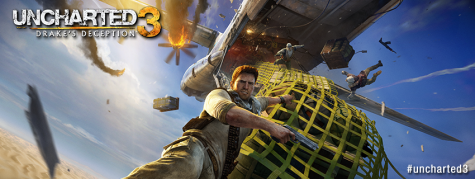
Viewers return to this set piece much later in the film toward its climax.
Another moment happens later in the film — a shot of Nate standing before a rotting pirate ship (reminiscent of the closing sequence of “Uncharted 4,” where you fight in a burning pirate ship).
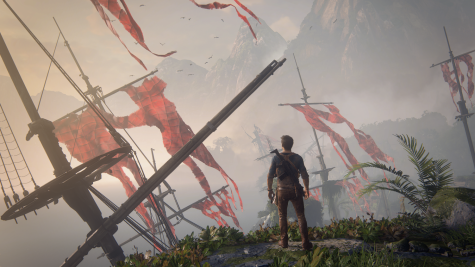
Picking moments like these can be seen as fan service in a way — with the creators of the film trying to imitate similarly the cinematic respect of the original series. These moments were the highlights of the film to me, but much of the film fell out of my favor.
This approach makes sense on the surface, but it’s a problem that always shows up in video game to film adaptations.
In adapting video game stories into films, the attempt is barred by the medium of film making in that it takes away an essential aspect of the video game’s identity: interactivity — the main reason people have fun with a game in the first place.
What gave “Uncharted” its best chance in being a good film was the fact that it has a compelling story that could be transitioned outside the medium of video games.
Implications for Future Adaptations
“The Last of Us,” another Naughty Dog title, is currently being adapted into an HBO television series (the first video game source material ever picked up by HBO, albeit) written by Naughty Dog’s Creative Director Neil Druckmann and screenwriter Craig Mazin. Mazin is known for the limited series “Chernobyl,” which makes me feel like the project is in golden hands. “The Last of Us” is a story which the game’s creators believe is important enough to expose to a wider audience that would not have experienced the journey by playing it in a game.
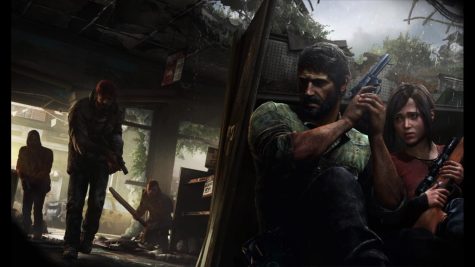
One of the critically successful games of the past decade, “The Last of Us,” is a monumental contribution in video game narrative, cementing a new, nuanced respect for narrative-driven games within the industry.
Naughty Dog’s reputation for creating these incredible story-driven experiences was built upon the success of the “Uncharted” games, ushering in an additional level of acclaim for the studio’s direction in advancing the value of story within games.
Seeing as there’s no interactivity within films to contribute to the sense of immersion that games aim for — save the experimental Black Mirror film “Bandersnatch” (which is about a video game in and of itself) — the story and the choice of plot points are what become the driving factors for successful video game to film adaptation.
“Uncharted” had to adapt itself to the film medium by creating its own story it wanted to tell, trying to ground it into the world created by Amy Hennig (former Creative Director for the “Uncharted” series). But in creating their own take, the filmmakers at times lost sight of the source material and instead came closer to what feels like Marvel meets “National Treasure” meets “The Fast and the Furious” — not “Uncharted.”
The problem remains that the “Uncharted” series had its tangibly cinematic character throughout the games, ripe with cut scenes and set pieces that put what the “Uncharted” film tries to imitate to shame.
It’s clear that the games outshine the adaptation, and the two-and-a-half-hour experience fails to come close to the emotional depth and struggle of adventure that the four games explore. Amy Hennig and Richard Lemarchand evidently did not see the value in a film adaptation, having covered in the first few games the excitement the series had to offer through stunning cinematics, gunfighting and interactivity. In response to a question about desire toward possible film adaptation, Lemarchand said “no comment.”
Regardless, it’s been made — and the ending leaves open the possibility of a sequel. “Uncharted,” at time of writing, is the third-highest grossing film of 2022 — meaning that its financial success could lead to future installations. I hope the negative critical response to the project provides a wary warning to anyone trying to adapt further games. It’s daunting to have adaptations be as lauded as the original creations, although I imagine the feat is not impossible.
Jack Giba is a Senior from Pittsburgh and is the Opinion/Editorial Editor of The Carroll News. He can be reached at jgiba22@jcu.edu.



